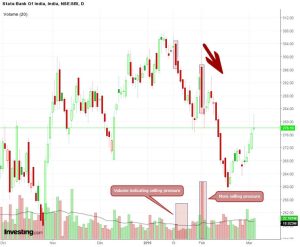In forex trading, the turn trade strategy emerges as a powerful tool for traders looking to capitalise on market reversals. In this guide, we’ll unravel the intricacies of the turn trade strategy, providing insights into its definition, application, and potential benefits.
What is a Turn Trade Strategy?
A turn trade strategy, also known as a trend reversal strategy, involves identifying points in the market where a prevailing trend is likely to change direction. Traders employing this strategy aim to enter positions at the beginning of a new trend, capturing potential profits as the market turns.
Key Components:
- Market Analysis: turn trade strategies rely heavily on thorough market analysis, including technical indicators, candlestick patterns, and trendlines, to pinpoint potential reversal points.
- Risk Management: As with any trading strategy, effective risk management is crucial. Setting stop-loss orders and having exit strategies in place helps protect against unexpected market movements.
Identifying Turn Trade Opportunities
Candlestick Patterns:
Certain candlestick patterns, such as doji candles or engulfing patterns, can signal potential trend reversals. Traders often use these patterns as early indicators of a market turn.
Divergence in Indicators:
Paying attention to indicators like the Relative Strength Index (RSI) or Moving Average Convergence Divergence (MACD) can reveal divergence from price movements, indicating a potential change in trend direction.
Entry Points and Timing
Confirmation Signals:
Wait for confirmation signals before entering a turn trade. This could include a break of trendlines, a reversal pattern, or a shift in momentum indicated by technical indicators.
Timely Execution:
Timing is crucial. Entering a turn trade too early may result in losses while entering too late could mean missing out on potential profits. Traders often use a combination of technical analysis and market sentiment to optimise entry points.
Risk Management and Stop-Loss Strategies
Setting Stop-Loss:
Establishing a clear stop-loss level is vital to manage risk. Traders should identify key support or resistance levels and place stop-loss orders slightly beyond these points to allow for market fluctuations.
Position Sizing:
Calculate position sizes based on the level of risk a trader is comfortable with. This ensures that even in the event of a trade not going as planned, the potential loss is within acceptable limits.
The turn trade strategies, just like all the trading strategies out there, are not fool proof. This means that they can let you down. Good traders are not greatly affected by this. They know how to handle trades in case the market goes against them. This is an important risk management technique.
Conclusion: How to Leverage the Turn Trade Strategy for Forex Success
In conclusion, the turn trade strategy provides traders with a valuable approach to navigating the ever-changing forex markets. By understanding the components, identifying opportunities, and implementing effective entry, exit, and risk management strategies, traders can enhance their ability to profit from market reversals.
The turn trade strategy is not immune to market fluctuations and volatility. Traders must use the turn trade strategy in conjunction with other strategies to maximise its potential and minimise possible losses.





